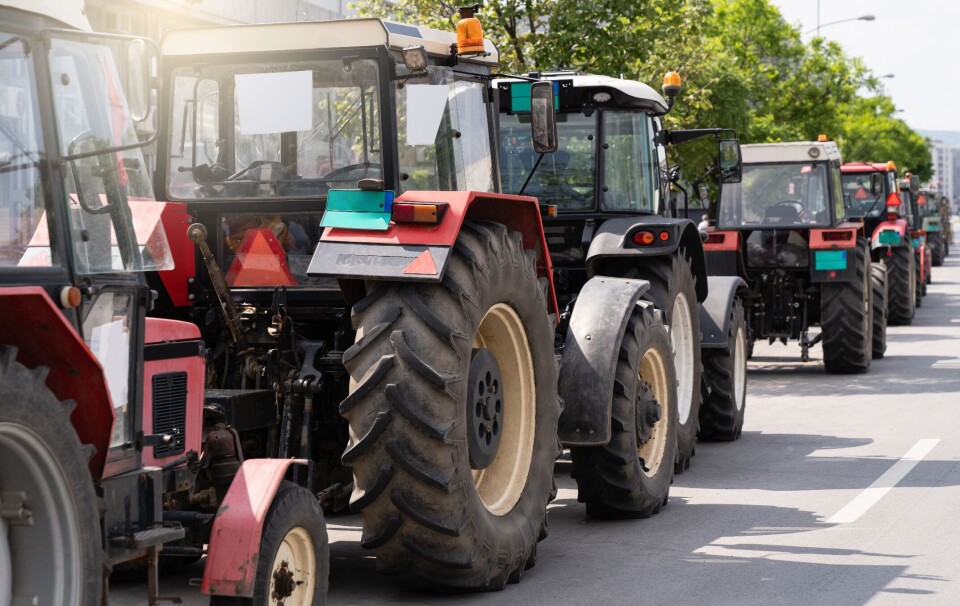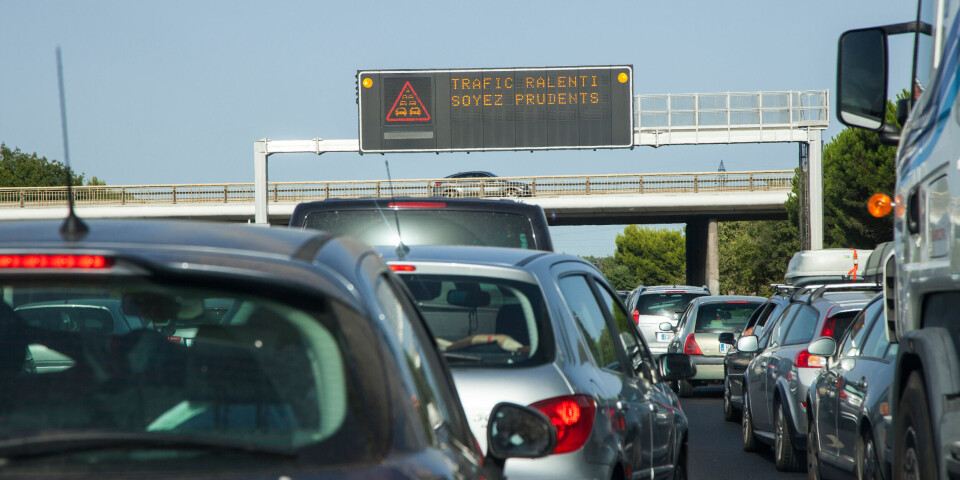-
Farmers’ protests ease but key motorway blockades hold firm in south-west France
Pressure on the government over its handling of cattle culls continues as Christmas nears despite a drop in protests
-
French border IT failure blamed for Christmas getaway delays at Dover
Cross-Channel ferries and Eurotunnel hit by technical issues on exit checks
-
Cold Christmas in France, but little chance of snow
High-pressure system will move into France from north-east at the start of next week
What to expect at ‘école maternelle’
As children head to school after the holidays, we look at what a typical day involves in an infants’ school
AS TODAY is the rentrée for schools across France, Connexion found out what the typical programme is for the youngest pupils, the new entrants to école maternelle.
A member of the FCPE parents’ federation, Juliette Urbain, told us what happens in the classroom and at lunchtime.
Unlike the UK, French schools generally do not require a uniform, nor do they have formal assemblies. Maternelle is from age three (sometimes two) to five, and while it is not strictly part of obligatory schooling in France the vast majority of children attend.
Parents used to the British approach may find there is less emphasis on learning to read at this young age in many French schools, however once literacy lessons start in earnest at the obligatory stage (élémentaire) they rapidly catch up.
School usually starts at around 8.30 and a classroom will usually contain different areas in which the children can play. The main aim of maternelle is to encourage children to socialise and introduce them to the concept of learning through play.
Ms Urbain said: “Games and play areas such as kitchens often are a good way to see the organisational and cooperative skills of the children”. There is usually a 20-minute break in the morning, and lunch generally starts early, just before midday.
“At lunchtime if the school has a canteen the children are generally all served the same meal. They normally are grouped onto tables of six to eight with an adult who can help them chop up their food.
“The style of lunch varies greatly depending on where you are in the country,” said Mrs Urbain. “80% of children in Paris eat in the canteen, whereas elsewhere, in more rural towns, more parents are able to take their children home or make other arrangements.”
The meal is often followed by a nap or rest time for the youngest pupils that can last up to two hours. After another afternoon break, the day finishes around 16.30.
There are never more than 30 pupils in a class and children usually address their class teacher by their first name and use tu because it is easier for them to cope with than switching between tu and vous at this young age.
If you have a child who started school today and they would like to tell us how the day went send us details at news[at]connexionfrance.com
Photo: Prod. Numérik - Fotolia
























